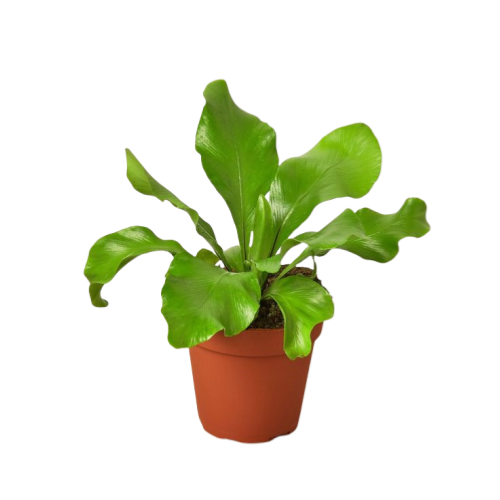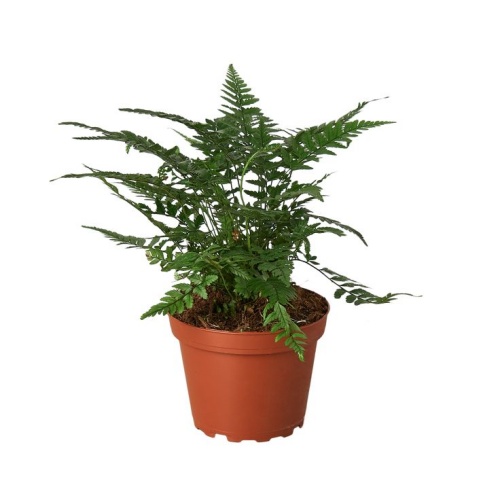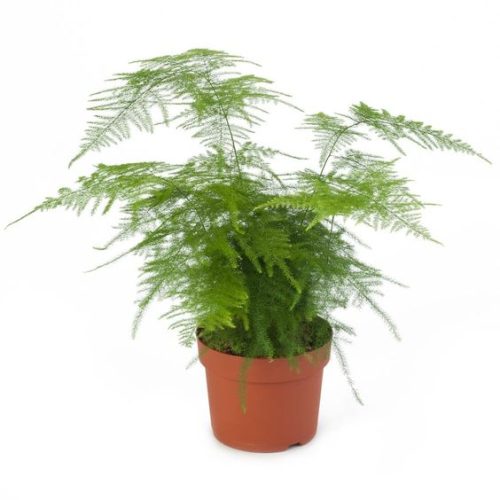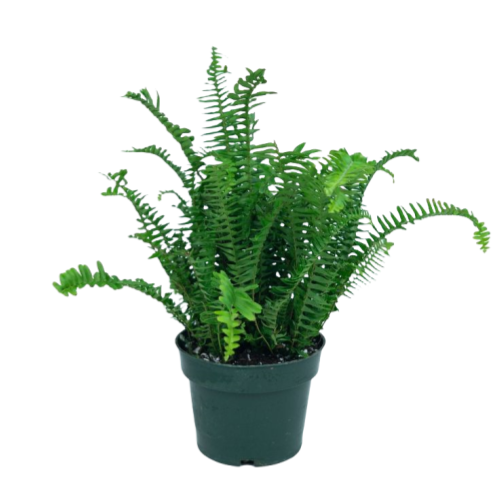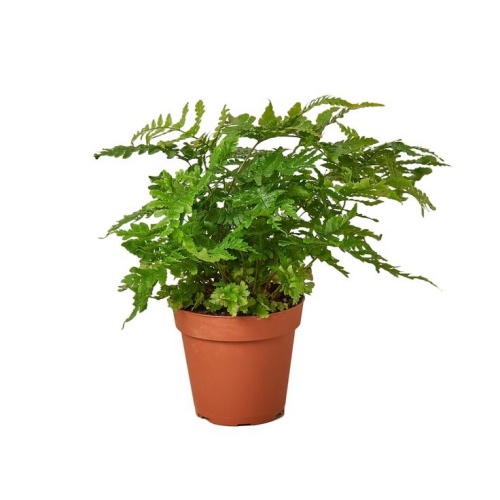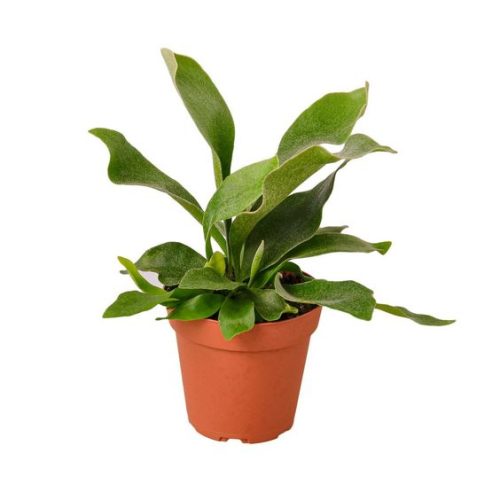Ostrich Fern
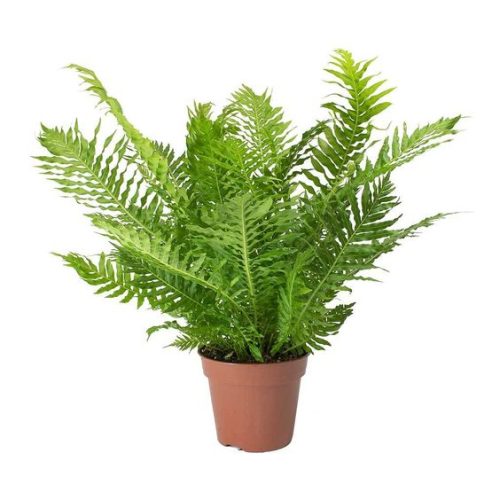
- Botanical Name: Matteuccia struthiopteris
- Family Name: Onocleaceae
- Stems: 3-6 inches
- Temperature: -4℃-7℃
- Other: Moist soil and shade, and does not tolerate heat
Overview
Product Description
The Ostrich Fern Odyssey: From Resilience to Revelry
The Majestic Ostrich Fern‘s Domain
Ostrich Fern (scientific name: Matteuccia struthiopteris) is a perennial fern species that graces the temperate regions of the Northern Hemisphere, adored by garden enthusiasts for its elegant demeanor and robust adaptability. This fern’s extensive range spans from the temperate zones of North America to the northern parts of Asia and Europe, thriving in the shaded nooks of valleys and along the wet banks of rivers, at elevations ranging from 80 to 3000 meters. Demonstrating its adaptability to diverse habitats, the Ostrich Fern showcases its resilience across various terrains.
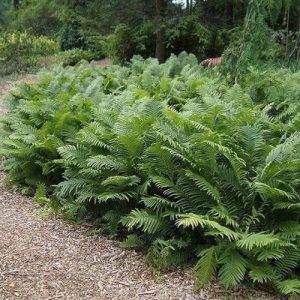
Ostrich Fern
The Graceful Fronds of the Ostrich Fern
The infertile fronds (vegetative fronds) of the Ostrich Fern boast a distinct pale green hue, exuding an elegance that likens them to the feathers of an ostrich, hence the fern’s namesake. The fertile fronds’ stipes are brownish-tan, measuring approximately 6 to 10 centimeters in length, with noticeable grooves along their length. The base of the stipe is triangular, featuring a keel-like prominence covered densely with protective scales. The lamina is lanceolate or oblanceolate, reaching lengths of 0.5 to 1 meter, with a width of 17 to 25 centimeters at the center, tapering gradually towards the base. The fronds undergo a deep bi-pinnatifid division, creating 40 to 60 pairs of pinnae. The middle pinnae are lanceolate or linear-lanceolate, about 10 to 15 centimeters in length and 1 to 1.5 centimeters in width, without petioles, deeply pinnatifid into 20 to 25 pairs of segments arranged in a comb-like fashion。 This unique leaf structure not only lends it visual appeal but also allows it to perform photosynthesis and retain moisture effectively under various environmental conditions.
The Habitat Preferences of Ostrich Fern
Ostrich Ferns (Matteuccia struthiopteris) are true connoisseurs of moist, rich soil and thrive in environments that offer a respite from direct sunlight, preferring the gentle embrace of dappled shade to full shade. These ferns are at their best in climates where summers are cool and refreshing, and they shy away from the intense heat and humidity that can stress their delicate fronds.
The Subtle Spread of Ostrich Ferns
Through their underground rhizomes, Ostrich Ferns craftily extend horizontally beneath the soil surface, weaving a dense,cloning network that allows them to colonize their chosen territories with a quiet persistence. This method of propagation ensures that once established, it can be a long-lasting and vibrant feature of the landscape.
The Watering Wisdom of Ostrich Ferns
Abundant moisture is the lifeblood of Ostrich Ferns, and they are well-adapted to soils that hold onto water, making them a natural choice for boggy gardens or areas prone to water retention. While they are not averse to wet feet, these ferns do appreciate a soil that is consistently moist but well-draining, avoiding the waterlogged conditions that can lead to root rot.
The PH Pliability of Ostrich Ferns
Ostrich Ferns exhibit a flexibility when it comes to soil pH, flourishing in acidic to slightly acidic soils with a pH range of 5.0 to 6.5. This adaptability allows them to take root in a variety of habitats, from the tangy underpinnings of conifer forests to the more neutral soils found in deciduous woodlands. Their ability to adjust to different pH levels is a testament to their hardy nature and makes them a versatile addition to many garden settings.
Resilience in the Face of Adversity
Ostrich Ferns (Matteuccia struthiopteris) exhibit remarkable resilience, yet they have their limits. These ferns are not fond of extreme aridity or prolonged waterlogging, which can lead to poor health or even death。Strong winds and direct sunlight can also be detrimental, potentially causing leaf burn. Additionally, they are particular about soil pH, with an optimal range of 5.0 to 6.5, outside of which their growth can be compromised。
Culinary and Horticultural Delights
In terms of practical applications, Ostrich Ferns are more than just a decorative plant. Their young, unfurled fronds, known as fiddleheads, are a spring delicacy in North America, offering a taste reminiscent of asparagus and spinach。These ferns are also a staple in gardening, particularly in creating naturalized landscapes, rain gardens, or moist woodland areas. They are often used for erosion control on slopes and can be a striking addition to a shaded border or understory planting。Moreover, Ostrich Ferns are known for their air-purifying qualities, enhancing the vitality of indoor environments。





